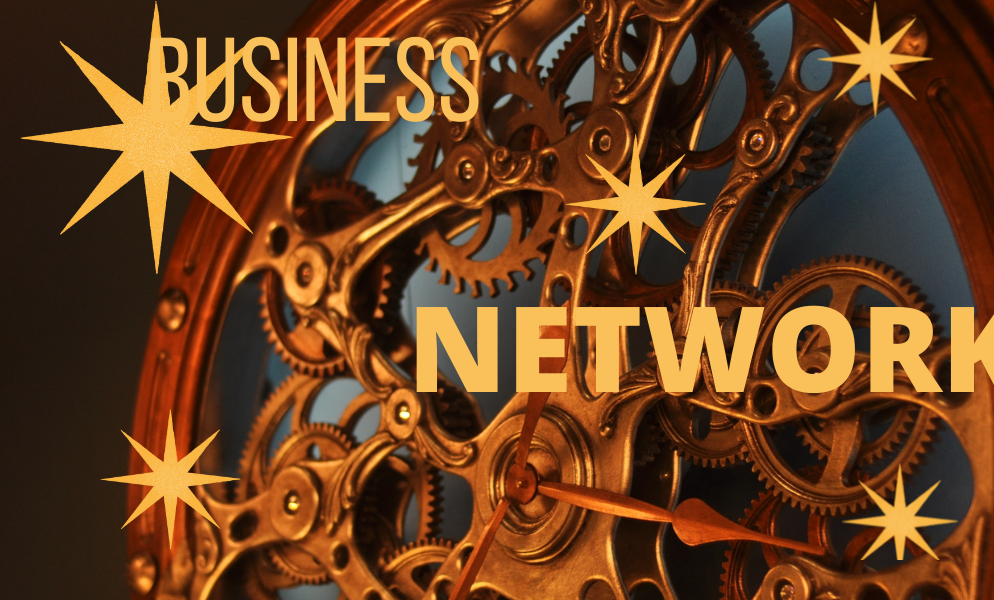As you can see, supply chain 3.0 is for everyone, small and big companies. Now let me demonstrate the concrete benefits of having supply chain 3.0 and I promise these are not dull or irrelevant stories.
Supply Chain 3.0 helps leverage your business Infrastructure
Over the past several decades, both the global economy as well as the business structures have evolved dramatically to such an extent that now most businesses have no recourse but to strive and create business networks using unique custom designed supply chain 3.0.
Why?
Because no company – not even a company as big as Boeing – has all the resources necessary to create next generation products in shortening product development cycle times.
Faced with competition from A380s and the next generation Airbus planes, Boeing set out to reconfigure a business network of infrastructure to develop, design and build the 787s in record time. Despite the usual development hiccups – trials and tribulations – this drive towards supply chain 3.0 saved tremendous infrastructure costs for Boeing, and created goodwill around the world.
Supply Chain 3.0 Helps Create Resilient and Responsive Businesses
In my book The 5-STAR Business Network I quote the incident that when the Tsunami flooded the eastern coastal stretch of Japan in March 2011, the ensuing nuclear disaster combined with the devastation caused by the tsunami to disrupt businesses around the world. Japanese economy sits right in the middle of the global business network and it was natural for businesses as diverse as auto manufacturing, electronics, chemicals, petroleum products, computers, metals to experience the disruptive shock.
About More Supply Chain Benefits
For example, the price of the Toyota Prius went up by nearly $2,400 due to rumours of shortages.
While it is natural for a variety of businesses to experience the disruption, it was remarkable to note that those businesses which had the most responsive and resilient supply chains were the ones to recover from this catastrophe the quickest.
Another stark example of the power of supply chain 3.0 is that of the fire which tipped the balance within an industry.
Two stalwarts in the mobile phone industry in March 2000 were equally impacted by the same event – a lightening fire in the chip manufacturing plant of their common supplier, Philips, in New Mexico.
Both Nokia and Ericsson experienced the business disruption to an equal extent as a result. Fire damage to the stocks was extensive.
More importantly, the manufacturing capacity was damaged and it was difficult to estimate the time for repairs.
Nokia has invested months, if not years, in creating and perfecting a robust and responsive supply chain, while Ericsson’s supply chain was relatively a middle-of-the-line affair that worked well when things were good.
After the fire, Nokia was able to see the full impact of the chip shortage on its own business, as well as the entire industry with a lot more clarity than Ericsson, and even Philips.
Moving quickly, it activated other parts of its supply chain to shore up supplies, to redesign some of the chips to manufacture them in other plants, and to take other pre-emptive steps.
Ericsson let the situation evolve at its own pace and made decisions more reactively.
The resulting gain in profitability and market share for Nokia, and the loss of these for Ericsson tipped the balance of the industry to an extent where within a few years Nokia pulled far ahead of the Ericsson which never caught up with its erstwhile equal rival.
Find out how Supply Chain 3.0 can improve your cash position, help you gain speed and smooth out volatility in the last blog entry of this series.




